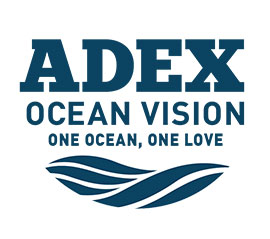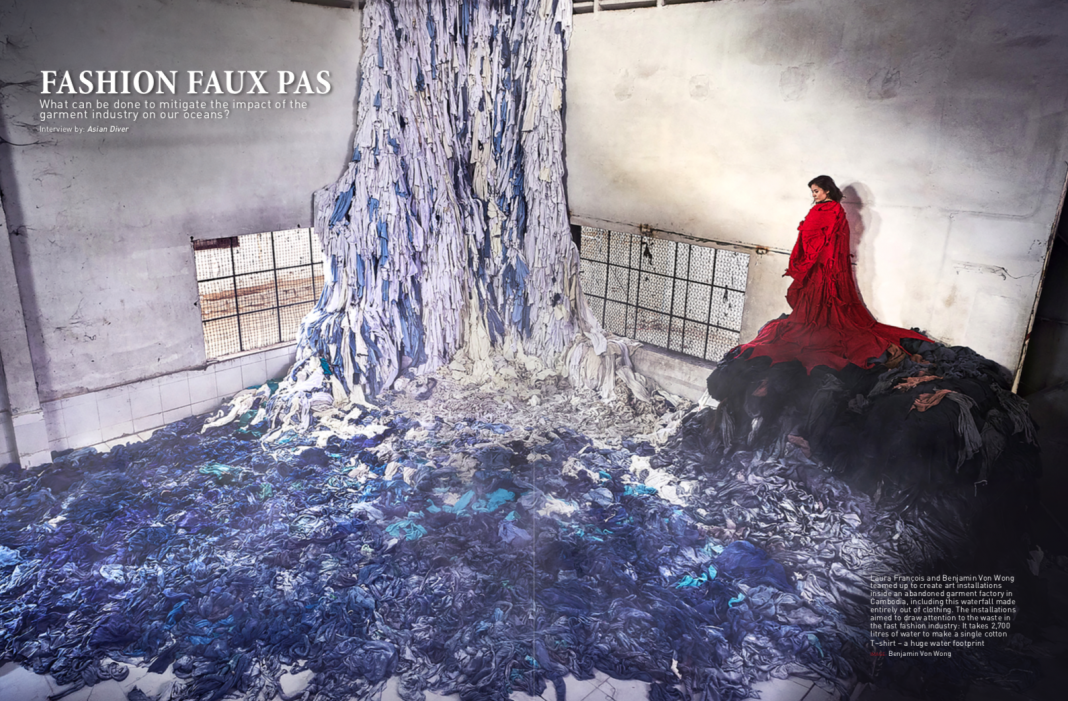Article extracted from Asian Diver Issue 02/2020 (155)
What can be done to mitigate the impact of the garment industry on our oceans?
Laura François and Benjamin Von Wong teamed up to create art installations inside an abandoned garment factory in Cambodia, including this waterfall made entirely out of clothing. The installations aimed to draw attention to the waste in the fast fashion industry: It takes 2,700 litres of water to make a single cotton T–shirt – a huge water footprint
Feature image: Benjamin Von Wong
“The environmental
cost of fast fashion is staggering, and we need creative solutions – fast.”
Think plastic bottles are the greatest scourge of the oceans? Think again. The laundering of clothes releases an estimated half a million tonnes of microfibres into the sea every year, the majority of which are polyester, a plastic that doesn’t biodegrade. That’s the equivalent of 50 billion plastic bottles. Indeed, it is estimated that 35 percent of all microplastics come from washing synthetic textiles like polyester. The environmental cost of “fast fashion” is staggering, and we need creative solutions – fast.
Enter Laura François, a young and enthusiastic Canadian entrepreneur with a background in human-centred design and sustainable development. The co-founder of art-based impact project Clothing The Loop and country coordinator of global non-profit Fashion Revolution in Singapore and Malaysia, Laura has been focusing on social and environmental impacts in the garment industry.
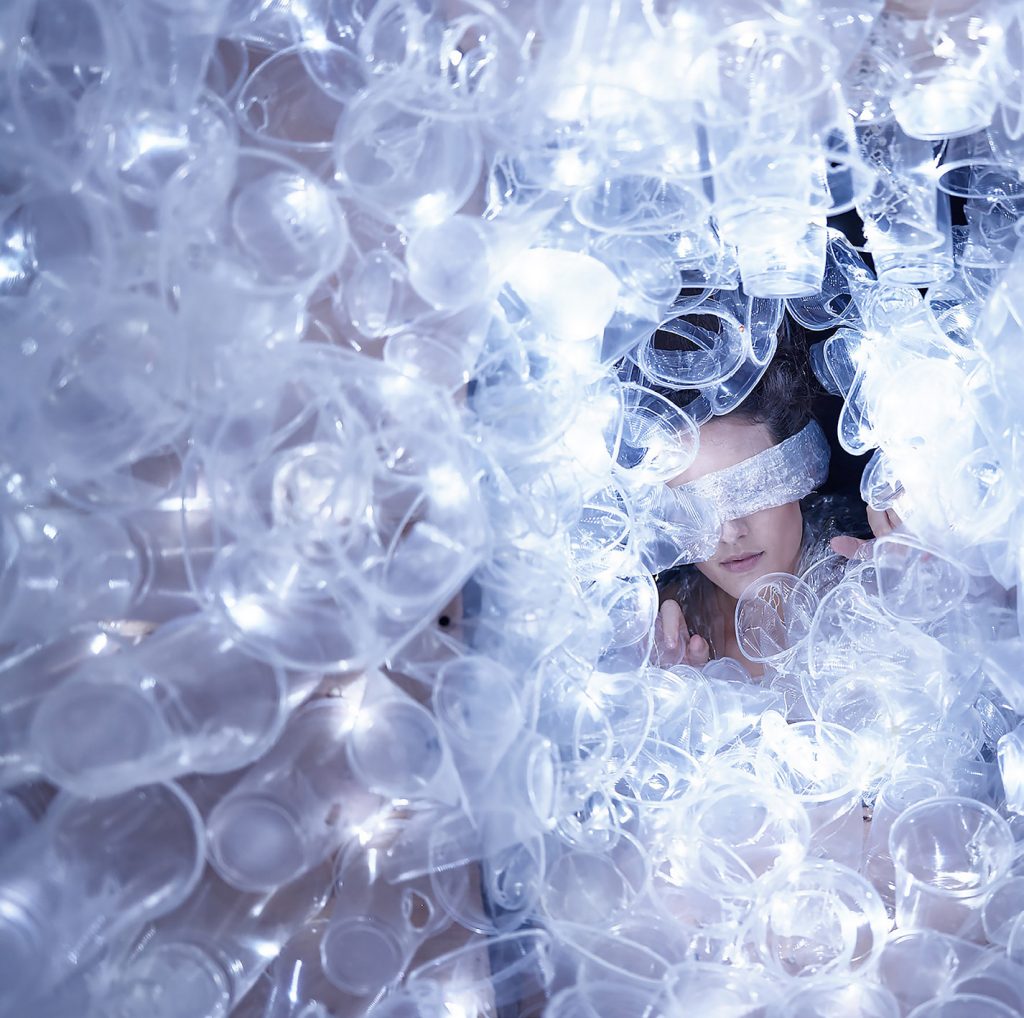
I think people interest me, especially where there is a challenge that requires humans coming together to solve it. We only have 10 more years to achieve the UN Sustainable Development Goals; the pressure is on and time is ticking. It requires communities from very diverse backgrounds to leverage their differences in co-creating solutions. I love helping to facilitate that interaction. It’s the most unpredictable, interesting work to me!
Asian Diver: Initiatives like Fashion Revolution and Clothing The Loop look at changing people’s mindsets regarding the way we use and dispose of clothing. What drove you to explore this industry?
Laura: The fashion industry is at the intersection of sustainability and human rights, two areas I was focusing on individually for some time. It was the perfect place to understand the two systems and how they actually affect each other. I think fashion is an industry that allows everybody to relate to the topic of sustainability, of circular economy and of ethics in the supply chain, as clothing is relatable. It doesn’t feel as daunting to approach. It was
a way for me to explore deeper issues starting from a place of common understanding.
I try to propose projects that are at the intersection of industries, problem sets, and communities. For example, Clothing The Loop is a way to leverage art in the discussion of the circular economy. Those are two very separate industries and mindsets coming together to develop understanding. I find projects organically, and I’m always open to exploring!
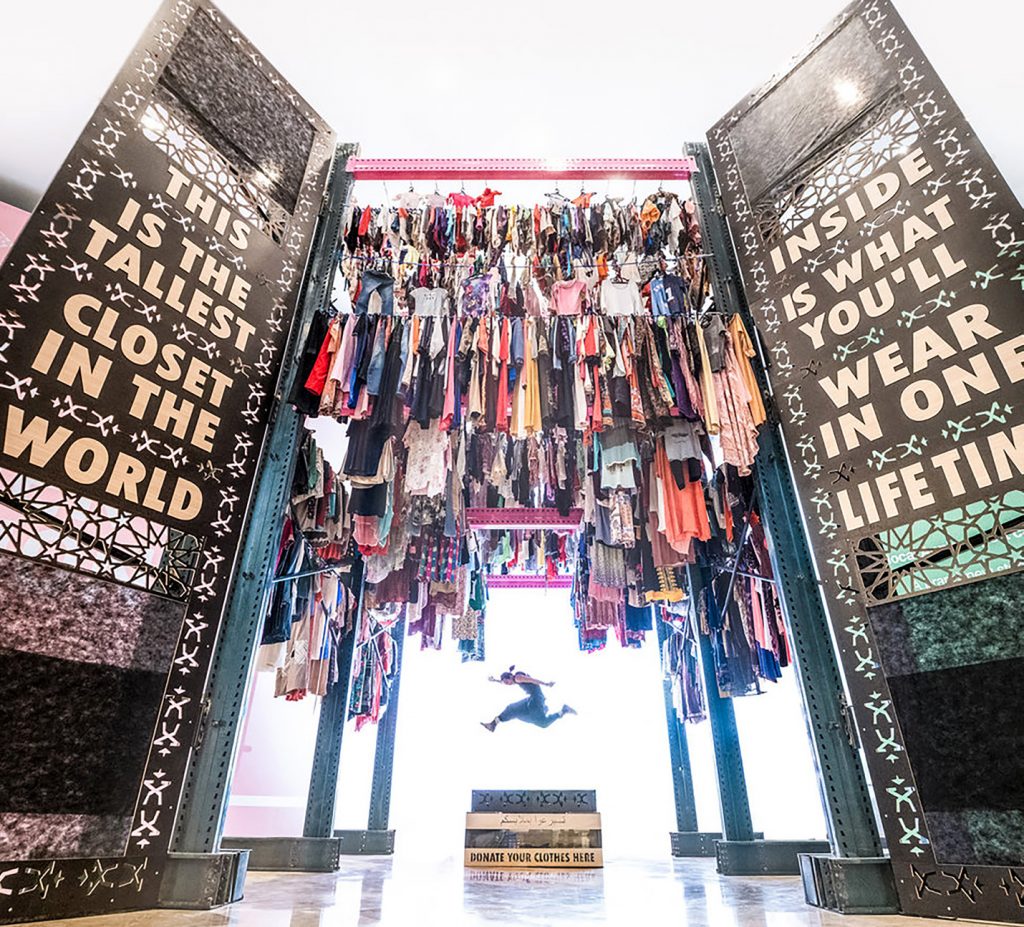
We can definitely pinpoint the direct ways in which materials that are being used in the fashion industry are affecting us, from the toxins that fabrics are dyed with, to the microplastics that are being shed during wash cycles that inevitably end up in our oceans, eaten by fish and then consumed by us. The World Wide Fund for Nature has already concluded that we eat approximately a credit card’s worth of plastic every single month!
There are also many indirect environmental impacts, such as factory runoff in our rivers and toxins into the air, completely disrupting ecosystems in ways that are incredibly dangerous for those living in the region as well as effects felt further away.
Asian Diver: The waste must end up somewhere and impacts various communities differently, right? Is this one of the reasons why you work with people from all over the world, such as Egypt, India, and the Southeast Asia region?
Laura: The topic of waste is very interesting because it’s highly dependent on the size of a country or city, the resources that location has as well as consumption patterns. I do like talking internationally about waste, because it’s often shipped from one place to another. It’s an international and highly political issue.
I also think that waste is only waste when you waste it. So we need to start thinking very differently about what waste actually is and how we can use it as a resource. Until we do that, no matter how much investment is poured into the end-of-life portion of the supply chain, we will be at a loss.
Asian Diver: There are a lot of big brands in the fashion industry responsible for the growing waste issue. How has the Internet and media exacerbated the problem of fast fashion?
Laura: Large, fast fashion companies are definitely in the spotlight. But they are also typically the companies that will create an incredibly positive impact as long as they can take a long, hard look at their business model. In most cases, this model might and should have to change drastically to support the transformation of a fast fashion company to one that is sustainable. The Internet and the media has definitely helped a lot in highlighting the issue and in targeting brands who have specifically been lacking in terms of transparency with respect to their supply chain, as well as how they will tackle the waste issue. Organisations like Fashion Revolution have created a wave of awareness building
that is specifically using the media and the Internet to create a buzz. It’s important to look past the “greenwashing” that is now rampant in the industry and to continue demanding answers to the tougher questions.
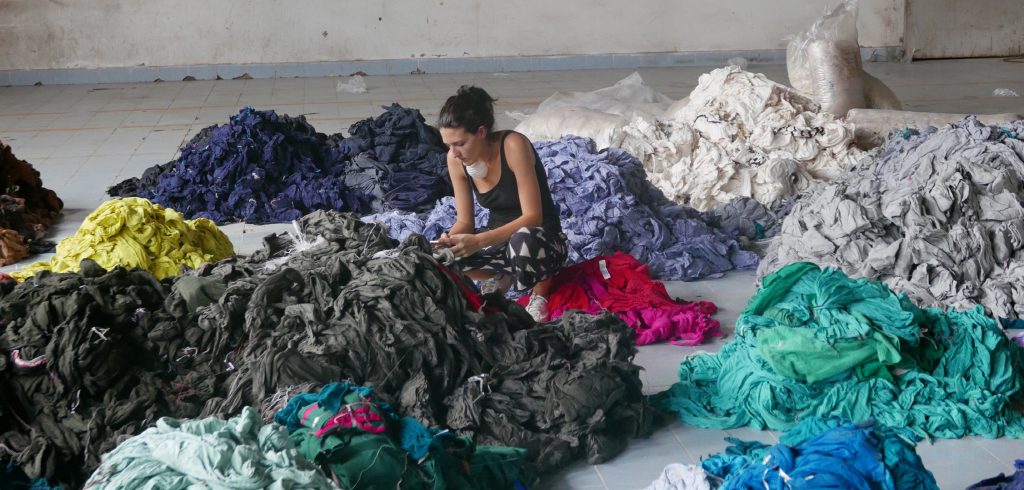
Asian Diver: What are some of the steps that we as individuals can take to mitigate the impacts of fast fashion?
Laura: As individuals, the most important action we can take to mitigate the impacts of fast fashion is to stop purchasing new clothing. The reality is simple. There is very little reason for any brand to continue creating new products, regardless of how sustainable the fabric might be and regardless of how transparent they might be regarding its production. The most sustainable action that we can all take is to love what we already own and to continue buying second hand or trading with others. If the fashion industry were to stop producing clothes at this very moment, there will be enough garments to clothe the planet.
“Regardless of whether brands are taking a commercial or promotional angle to sustainability, it is up to us to change our shopping habits and our consumption patterns to truly make a difference.”
Asian Diver: Big brands like Adidas, G-Star, Rolex, and Prada have either started working with sustainable organisations or have taken an environmentally friendly stance. Do you think this is because these brands want to take up the initiative to change current business ethics or is there a promotional or commercial motive?
Laura: Brands are certainly under a lot of pressure to change their business ethics and, more importantly, to change their business model. I believe the wave of eco-campaigns and sustainability angles in marketing has definitely made it more difficult for consumers to navigate whether or not brands are truly changing.
It is true that we need to be conscious about the amount of time it does take to make a large-scale change within big brands, as well as understand that eco-shaming is not particularly helpful in encouraging brands to take risky steps in completely revolutionising their businesses. That being said, we are running out of time. And regardless of whether brands are taking a commercial or promotional angle to sustainability, it is up to us to change our shopping habits and our consumption patterns to truly make a difference.
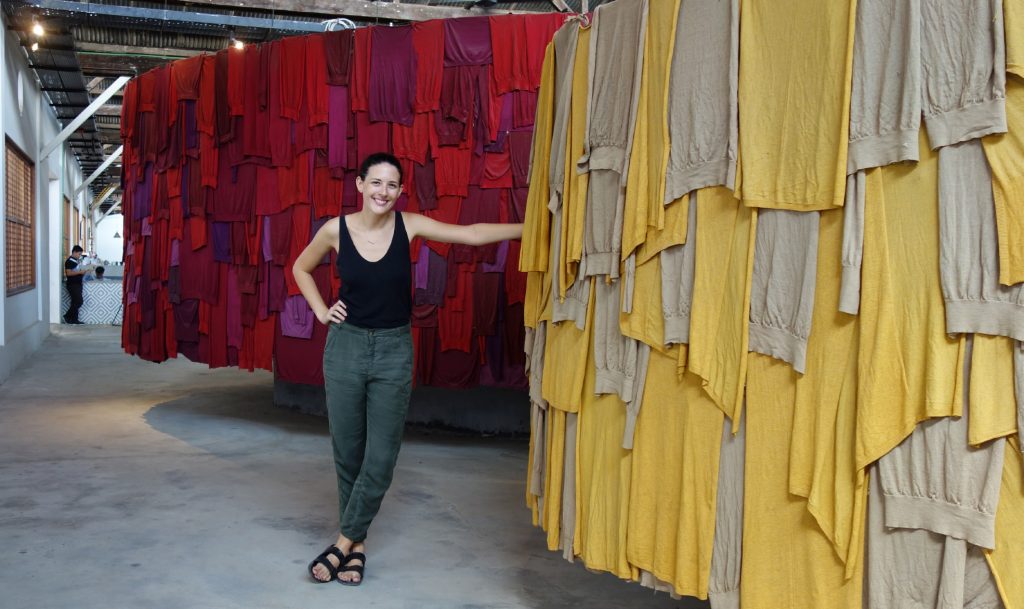
Asian Diver: What advice would you like to give to our readers in the ocean community?
Laura: The next time you go diving and notice a difference in the landscape or an ecosystem, ask the tough questions. Be curious, find out, do something!

Like this post? Share us on social media and stay tuned for more exciting content!

